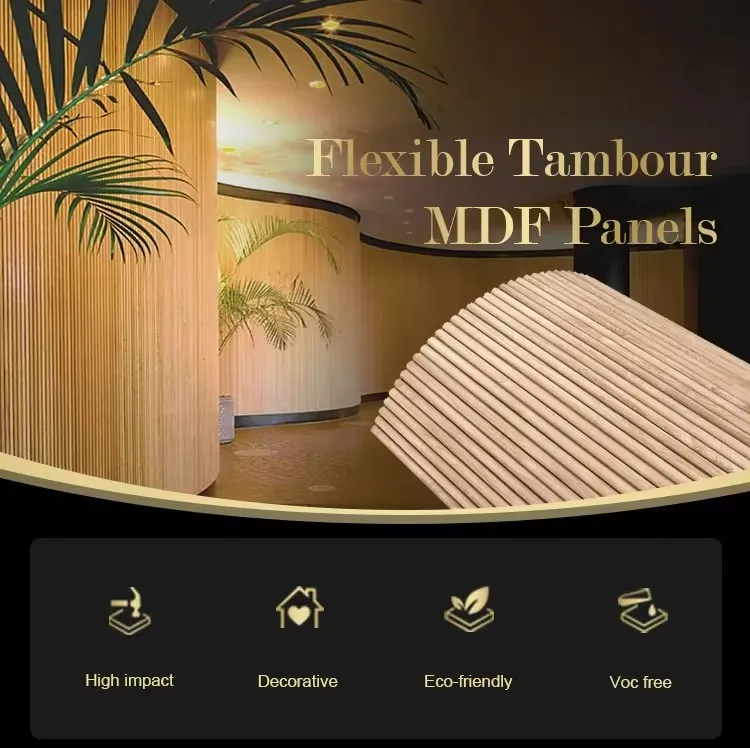Decorative Sound Proofing A Harmonious Approach to Acoustics and Aesthetics
In today's fast-paced world, noise pollution has become an increasingly prevalent issue. Whether it’s the sound of traffic, neighbors, or the hustle and bustle of city life, many individuals and businesses seek ways to reduce unwanted noise. However, soundproofing does not have to mean sacrificing style or aesthetics. Decorative soundproofing solutions offer a unique way to create serene environments while enhancing the visual appeal of a space.
Understanding Soundproofing
Soundproofing is the practice of minimizing the amount of sound that travels from one area to another. This can be achieved through various methods such as insulation, sound barrier materials, and architectural designs. Traditional soundproofing materials are often bulky and unattractive, like thick carpets and heavy curtains. However, decorative soundproofing takes a more stylish approach, integrating acoustic solutions into the design of a room.
The Role of Aesthetics in Soundproofing
When considering soundproofing options, aesthetics play a crucial role. Homeowners and business proprietors are increasingly looking for solutions that blend functionality with style. Decorative soundproofing allows individuals to maintain a visually appealing environment while effectively reducing noise levels. There are several methods and materials available that cater to both sound absorption and visual design.
Acoustic Panels
One of the most popular decorative soundproofing solutions is the use of acoustic panels. These panels are often made of specialized foam or fabric that absorbs sound waves, thereby reducing echo and reverberation within a space. Acoustic panels come in a variety of colors, shapes, and textures, allowing for creativity in installation. They can be used as wall art, integrated into furniture, or even hung from ceilings. Designers can create unique arrangements that not only dampen sound but also serve as a focal point for any room.
decorative sound proofing

Soundproofing Curtains and Fabrics
Another option for decorative soundproofing is the use of heavy, specially designed curtains and fabrics. While traditional curtains provide minimal sound insulation, there are now options available that combine thick fabrics with soundproofing technology. These curtains can add a touch of elegance to a room while effectively blocking noise from outside. Additionally, upholstered furniture can play a significant role in absorbing sound. Choosing sofas, chairs, and cushions made from dense, textured materials can enhance comfort and contribute to a quieter environment.
Decorative Acoustic Ceiling Tiles
Ceiling design is often overlooked when it comes to soundproofing. Decorative acoustic ceiling tiles can effectively reduce noise levels while adding depth and character to a room. Available in various designs, from sleek modern patterns to intricate traditional styles, these tiles can transform a plain ceiling into an exciting feature. Furthermore, they provide a practical solution for commercial spaces, such as restaurants and cafes, where ambiance plays a significant role in customer experience.
Embracing Nature with Plants
Incorporating plants into a space is a natural way to enhance both aesthetics and acoustics. Certain plants have been shown to absorb sound and improve overall air quality. Utilizing indoor plants strategically can create a peaceful atmosphere while contributing to sound reduction. Greenery offers the added benefit of complementing interior design, bringing life and color to any environment.
Conclusion
Decorative soundproofing represents a beautiful marriage of form and function. As noise pollution continues to impact our daily lives, the demand for effective yet stylish soundproofing solutions has grown. By integrating elements such as acoustic panels, soundproofing curtains, decorative ceiling tiles, and indoor plants, individuals can create serene spaces that reflect their personal style. Ultimately, the goal is to foster an environment that not only minimizes noise but also promotes tranquility and enhances overall well-being. With decorative soundproofing, peace and beauty can coexist harmoniously.
